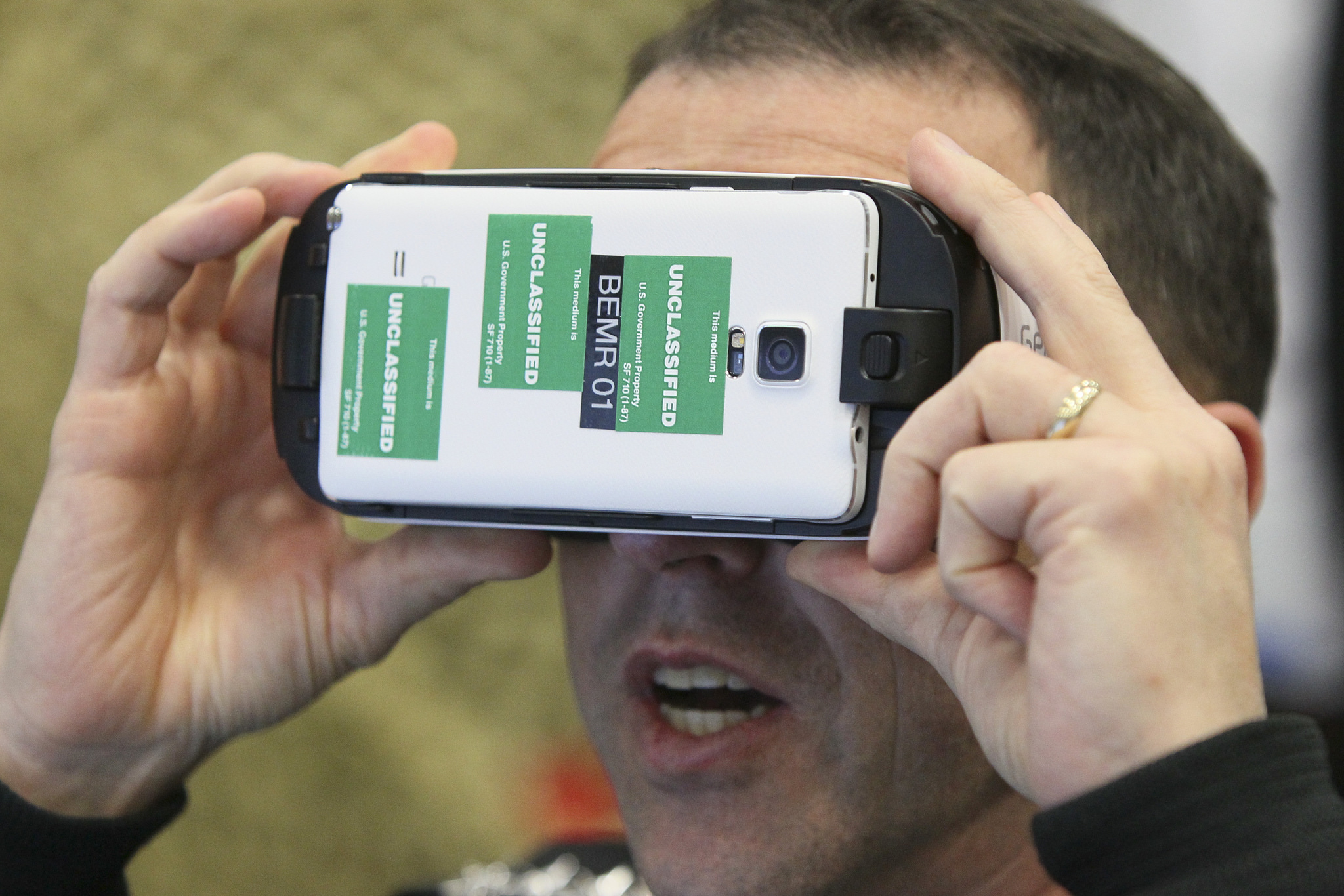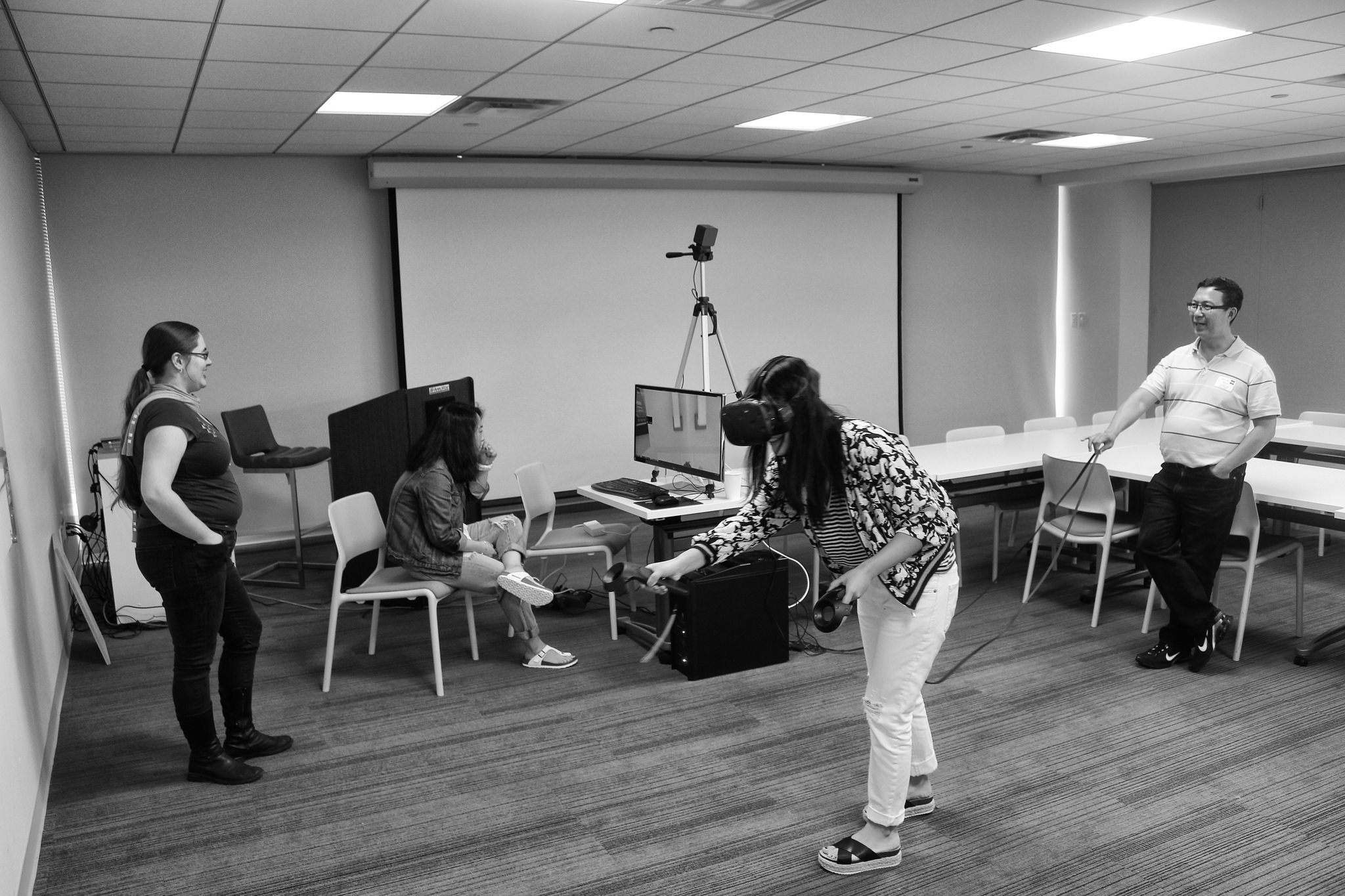
GOOD Insights: Virtual Reality
Welcome to the first episode of our new series “GOOD Insights”, in which we’ll take a closer look at current games industry hot topics and trends, highlighting potential roadblocks and promising new concepts. One of the hottest topics of 2016 has got to be virtual reality, with more and more gear surfacing during major events like 2016’s GamesCom. Contrary to this trend, the monthly Steam Hardware & Software Survey showed stagnating sales for VR headsets in August. How do those to developments connect? Is there a bright future for virtual reality just around the corner or has the hype train already passed by? We’ll try to find at least some answers to those questions after a short overview of the industry’s status quo.

Lower entry barrier due to mobile VR
Virtual Reality used to only be accessible to a small number of people due to the high costs for appropriate gear. While early models like the Oculus Rift DK2 provided creative developers around the world with a new, fascinating tool to create games, they weren’t built for a mass audience. The latter was able to experience VR thanks to the creation of special goggles like the Google Cardboard. As the name implies, a cardboard piece is especially folded to be able to accommodate a smartphone and project a VR app through special lenses onto the user’s eyes. Businesses like travel bureaus jumped on the hype train and enabled their customers to experience future holiday destinations through the astonishing world of VR. Today, there are loads of different goggles and you can even build them yourself! While mobile VR is more accessible to a broader audience, it limits game developers and gamers, mostly in case of controls. Concerning the latter, desktop VR applications are much more comfortable. Though, they come with a higher price, too.
More competition = more options
If you weren’t aware of VR till now, the recent gaming events and fairs with corresponding news from all sides might have changed that. Especially 2016’s Gamescom was dominated by VR: Miles and miles of people waiting in line to try the latest additions to the growing world of VR, lots of game and headset developers presenting their products, futuristic feelings everywhere you look or go. Even though the pricing for VR gear is still high (the HTC Vive is currently sold for 899 euros) and some industry experts are skeptical of VR’s future, the competition is growing, bringing along more options for VR fans. Oculus presented their customer-tailored Rift, HTC and Valve came along with their promising but costly Vive, Sony showed off the well-received Playstation VR and Samsung sent visitors on a virtual rollercoaster ride with Samsung Gear VR. The growing competition might make gear producers think twice about their price policies, eventually bringing down the costs to an acceptable level for the mainstream market.

Connecting the dots
What do we know so far? While the general interest in VR is high all around, people currently seem to be less keen on spending money on VR gear, possibly due to the generally high pricing on desktop VR headsets like the HTC Vive or the Oculus Rift. The investment gets even heavier if you don’t already own a PC setup able to stem the high performance requirements of VR gear. Mobile VR is generally cheaper and thus more accessible to a broader audience, but it has certain limitations concerning controls and game graphics. Control-wise, Google is taking big steps with their Daydream controller, which somehow functions like the Wiimote from Nintendo.
How to make them pay
But what can producers of high-end gear, namely Sony, HTC/Valve and Oculus, do to make consumers want to pay for their gear? The obvious step would be to drop the pricing. If that isn’t a viable option, how about actually showing people why it might be worth spending that much money? Virtual reality seems to be a technology that isn’t easily advertised through simple TV, online or print ads. You need to experience it, you need to be inside such a virtual world to get a grasp on the wonders it holds. A thus logical step in promoting your VR gear would be providing customers of e.g. electronics stores with opportunities to try your gear and corresponding software. So far, game conventions and secluded events are the only places to try out new VR gear. If every electronics store in bigger cities had at least one VR station of any kind, a lot more interested customers could get into VR and afterwards spread the word. That’s at least what we would do.


